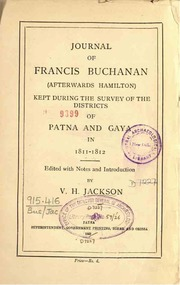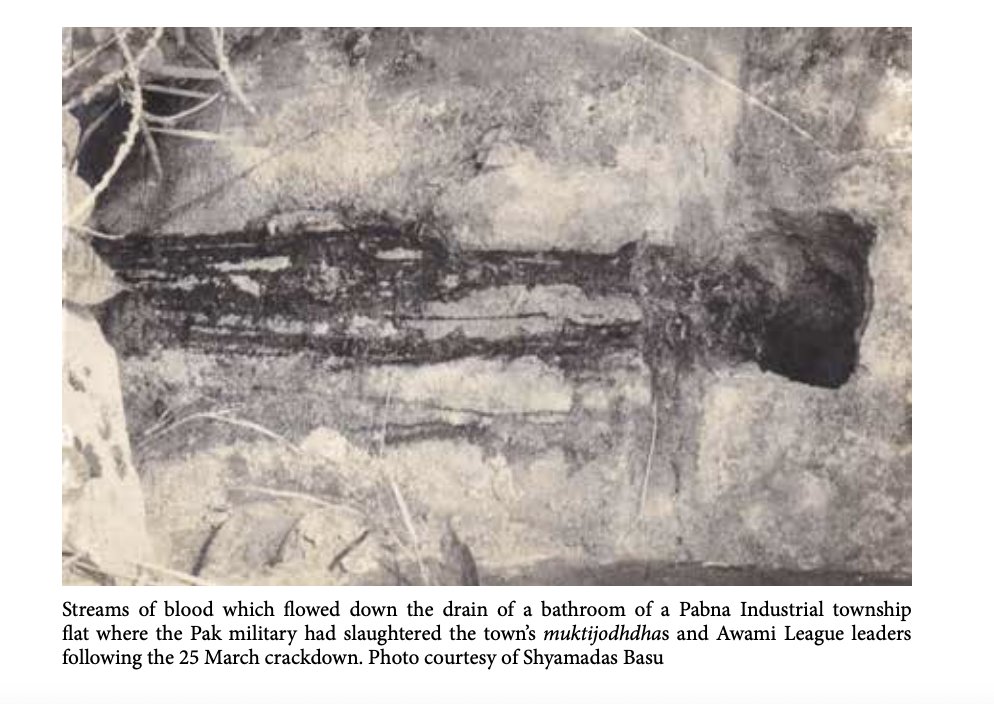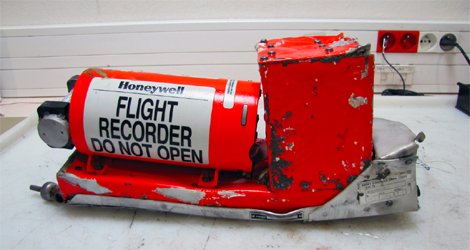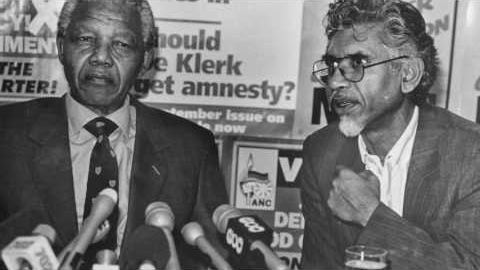Why does sugarcane taste so sweet in India today? India’s sugarcane wasn’t always this sweet. The reason it tastes the way it does today goes back to the stubborn brilliance of one woman who fought prejudice, doubt, and even war. Thread.
1/19
1/19

Janaki Ammal was born in 1897 in Kerala. At a time when most girls were expected to marry early, she chose science.
Botany became her world.
2/19
Botany became her world.
2/19

Janaki grew up in a large family with 19 siblings. Her father was not a scientist, but he loved tending gardens and writing about nature. From him, Janaki absorbed a way of looking at plants not just as crops, but as living wonders.
3/19
3/19
Education for girls was rare in her time. Most were expected to marry early. Janaki chose otherwise. She studied botany at Queen Mary’s College in Madras, then at Presidency College. She wanted to understand life at its smallest scales.
4/19
4/19

In the 1920s she sailed across the oceans to study further. At the University of Michigan she earned her doctorate in botany in 1931, one of the very first Indian women to hold a PhD in science.
5/19
5/19
In the 1920’s & 30’s, she was a graduate student at Michigan, visiting the UM Biological Station in Pellston, and tromping through fieldwork in her outfit of choice: a yellow sari and a pair of muckboots. It was a sight few forgot. Science, saree & grit - all in one frame.
6/19
6/19

The road ahead was never smooth. She faced the usual barriers of being a woman in science, compounded by the prejudice of caste and class. Appointments that should have been hers were delayed, her contributions were often downplayed.
7/19
7/19
During the Second World War she worked in London, at the John Innes Institute. Nights of bombing meant hiding under her bed for safety, mornings meant returning to the lab bench. Her research continued in the middle of falling bombs.
8/19
8/19
She co-authored the Chromosome Atlas of Cultivated Plants, mapping the chromosomes of thousands of species. It became a cornerstone for generations of botanists, proof of how methodical and visionary her work was.
9/19
9/19
Later, at the Royal Horticultural Society in Wisley, she used chemicals to double chromosomes, creating new plant varieties. One of them, Magnolia kobus Janaki Ammal, still blossoms in gardens today, carrying her name into every spring.
10/19
10/19

After India became independent, PM Nehru invited her home. She returned to lead the Central Botanical Laboratory and later reorganized the Botanical Survey of India. At a time when the country was still plagued by famine, she worked to safeguard both crops and forests.
11/19
11/19
She was also an early environmentalist. She fought to protect the Western Ghats from destruction, lending her voice to the Silent Valley movement. The forest would later become a national park, months after her passing in 1984.
12/19
12/19
Yet her most far-reaching work was rooted not in forests or magnolias, but in a plant that millions of Indians chewed, crushed, and tasted every day.
Sugarcane.
13/19
Sugarcane.
13/19
India’s own sugarcane varieties were tough but not very sweet. The sweeter canes were foreign and grew poorly in Indian soils. The country’s sugar supply depended heavily on these imports, a dependence that worried leaders and farmers alike.
14/19
14/19
Janaki studied sugarcane at its deepest core. With patient cross-breeding she fused the strength of native canes with the sweetness of imported ones. The result was a new generation of high-yielding, sweeter hybrids that thrived in India’s fields.
15/19
15/19

Recognition did not come easily. When she joined the Sugarcane Breeding Institute at Coimbatore, she was marginalised both by caste and by the male-dominated culture of Indian science.
16/19
16/19
In a 1938 letter she described her frustration. A visiting British biologist had dismissed her pioneering work on crossing sugarcane with maize. The institute’s director hesitated to back her, her note to Nature was stalled, and she nearly resigned.
17/19
17/19
But Janaki Ammal did not bend. In 1938, she wrote of her resolve simply and clearly: "Life became very complicated,” she wrote. “However I refused to be defeated."
That resilience defined her career.
18/19
That resilience defined her career.
18/19

And, that is why sugarcane tastes the way it does today. The sweetness is not accidental. It carries within it the brilliance of a woman who chose science over convention and persistence over prejudice.
19/19
19/19

Sources & References:
“Janaki Ammal, Trailblazer in Botany,” n.d. mpg.de/19967547/janak….
Science Gallery Bengaluru. “Janaki Ammal | Archive — Science Gallery Bengaluru,” n.d. bengaluru.sciencegallery.com/phytopia/exhib….
rhs.org.uk/education-lear…
rackham.umich.edu/discover-rackh…
record.umich.edu/articles/it-ha…
“Janaki Ammal, Trailblazer in Botany,” n.d. mpg.de/19967547/janak….
Science Gallery Bengaluru. “Janaki Ammal | Archive — Science Gallery Bengaluru,” n.d. bengaluru.sciencegallery.com/phytopia/exhib….
rhs.org.uk/education-lear…
rackham.umich.edu/discover-rackh…
record.umich.edu/articles/it-ha…
• • •
Missing some Tweet in this thread? You can try to
force a refresh

















